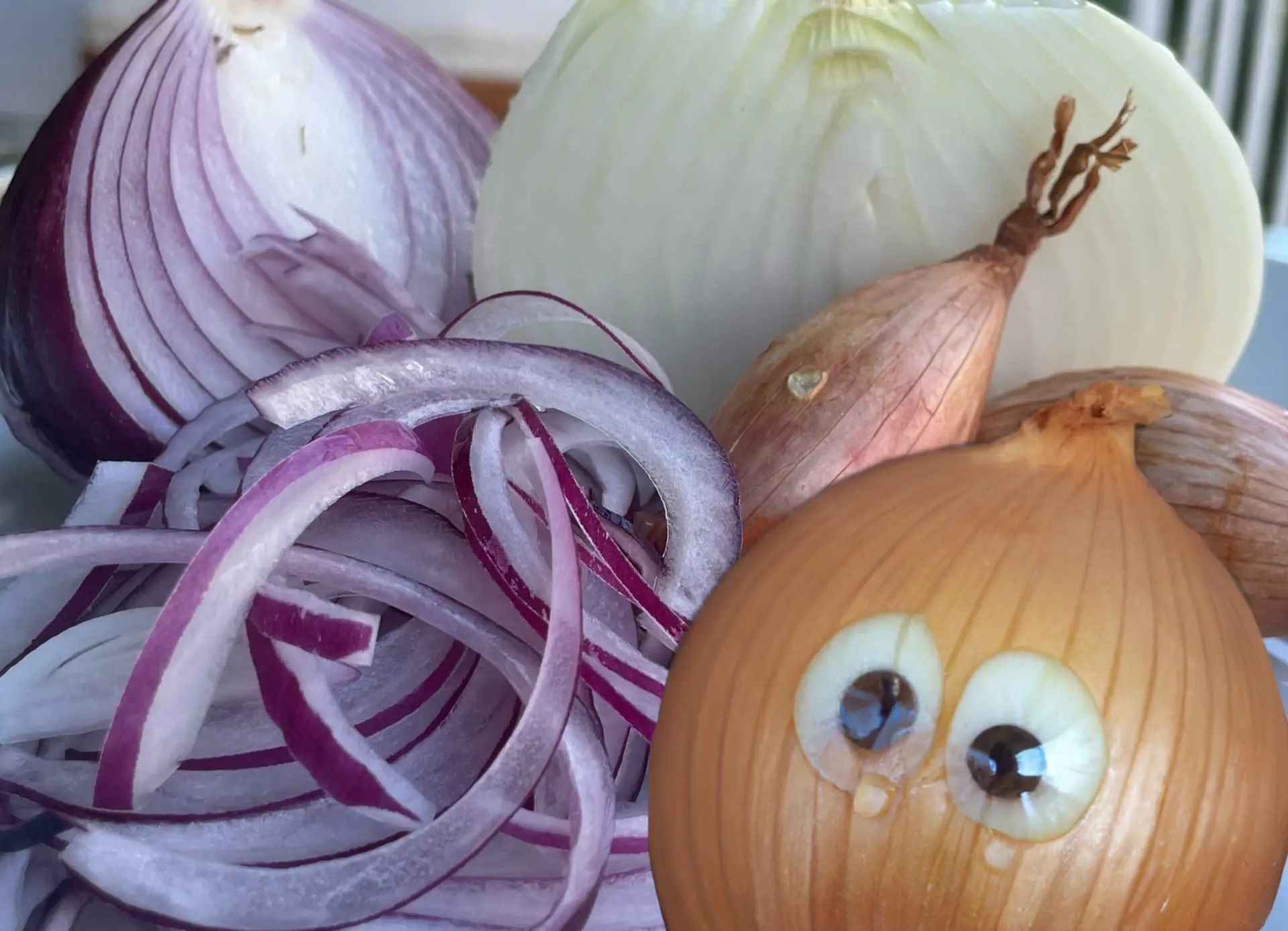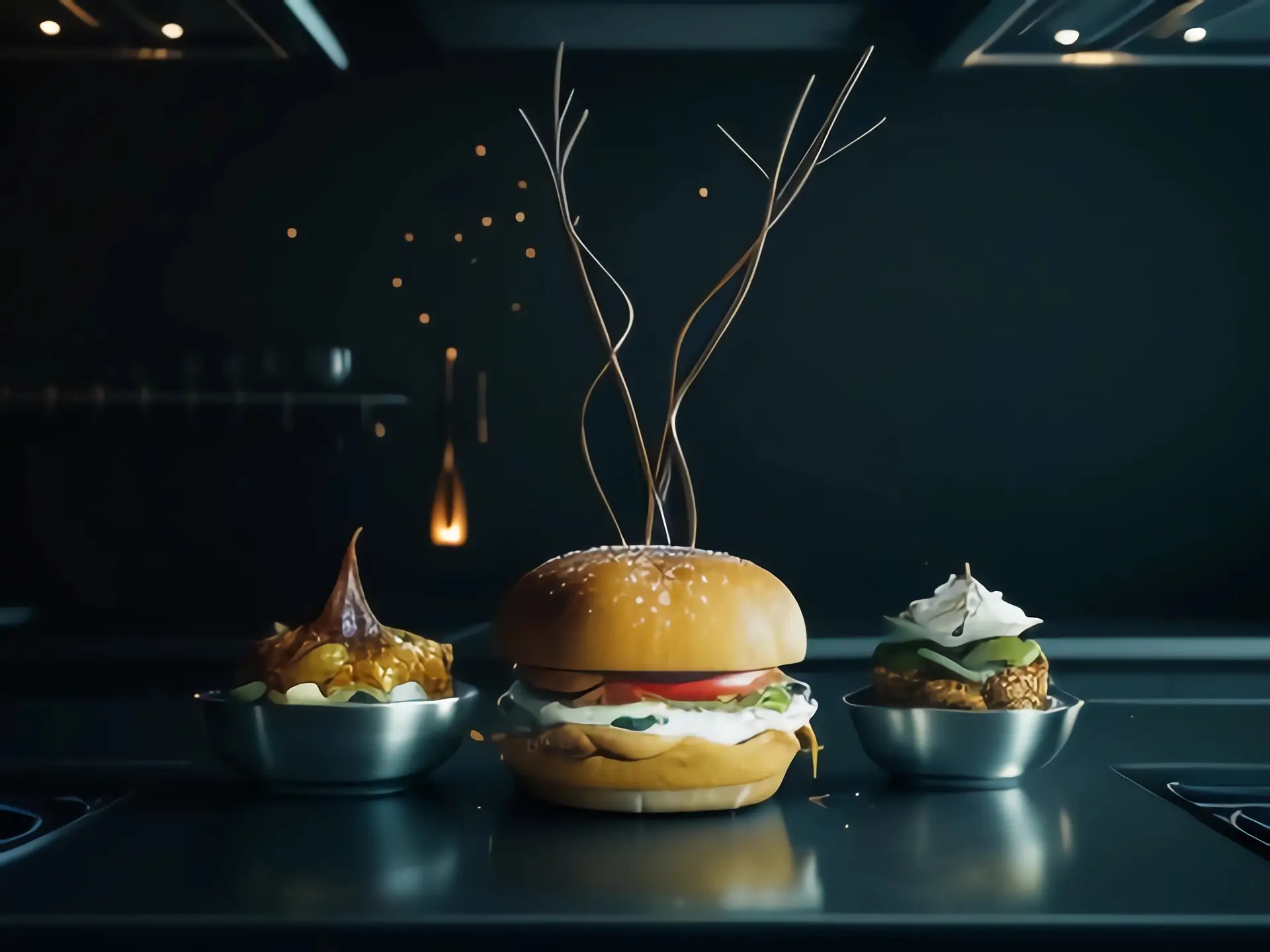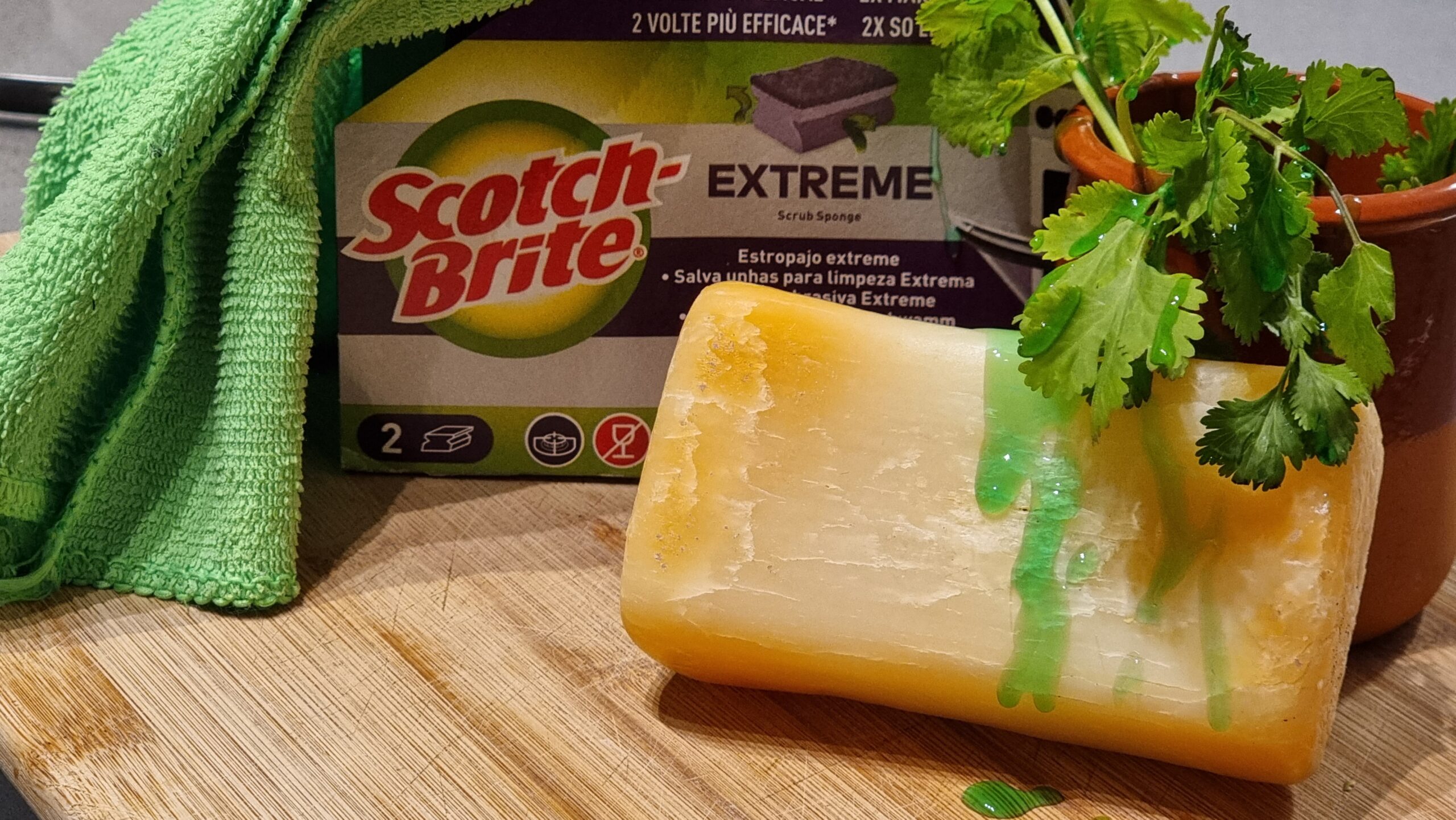How do induction cooktops work? Are they better or worse than a traditional gas stove?
We’ve already seen how microwave ovens work (HERE), they were the first new way of generating heat for cooking in over a million years, by using microwaves which are a form of electromagnetic radiation. But now we have another one, those almost silent lavish cooktops called Inductions.
They’ve been used in kitchens for just over a decade now, they use a completely different phenomenon of heating called “Magnetic Induction Heating”. Induction stoves differ from electrical range stoves as electric ranges use the ELECTRICAL RESISTANCE of the metal to generate heat while inductions use the MAGNETIC RESISTANCE of the metal, which means that the metal in the pan itself is heated directly. Here’s how it works. Underneath that smooth glazing finished panel of your induction cooktop, there’s a coil of metal wire just as there is a coil in transformers or even your fans. Now, as soon as you turn on your 230V power supply with a 50Hz frequency, for the reasons that we won’t go into, which even Einstein couldn’t explain well to his satisfaction when an electric current passes through a coil, it begins to act like a magnet, with north and south pole and everything. In this AC current that we receive in our homes, it changes its direction 100 times a second, the magnet thus formed is also reversing its polarity 100 times a second. So far, there’s no evidence in the kitchen that something is happening as there is no sound or perceivable vibration and we don’t see anything. Also, the cooktop is still cool. Now place an iron pan on top of the coil, and the alternating magnetic field magnetizes the iron, first in one direction and then in the other, switching its polarity back and forth 100 times per second. But magnetized iron isn’t quite so easily persuaded to reverse its polarity, and it resists the vacillations to a significant degree. That causes much of the magnetic power to be “wasted”, and this wasted power shows up as heat in the iron. As a result, only the pan gets hot. There is no flame or red hot electric coil and the kitchen stays cool.
Any magnetizable (TechSpeak: Ferromagnet) metal pan can be heated in this magnetic induction process. Iron will, stainless steel will, but copper, glass, aluminum, pottery, etc. won’t. To see whether a pan can be heated on an induction just check if a common magnet is sticking to the pan, if it does the pan will work for induction cooking.
Now to the most controversial question, are they better than gas stoves? If we consider the amount of heat energy utilized in the process for which we are employing them – cooking, Inductions are off the charts, because in gas stoves almost 80% of the heat energy generated by combustion is wasted in heating up the surrounding air and not the food. It’s a matter of thinking and working really, we are so accustomed to gas stoves that we think that inductions cook faster, well they do because virtually no energy is wasted, and burn food, so obviously there is a learning curve that we go through to learn how to cook on an induction. Now it’s up to you, do you wanna go on an eco-friendly path or?







